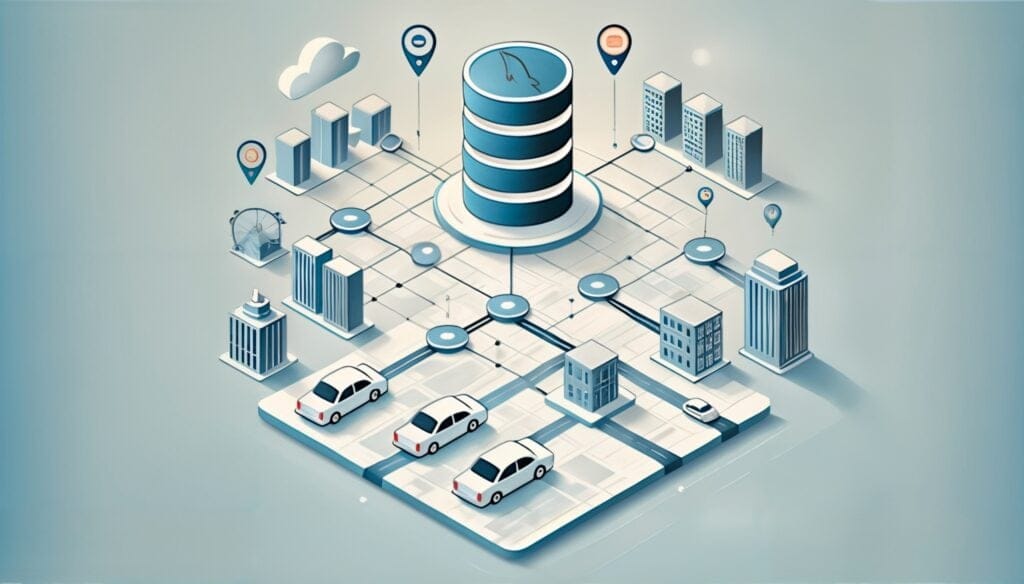
Among many things the pandemic upended was traditional models of work. For most workers, the days of the same commute to the same place 5 times a week are gone. Although many workers and companies find this to be positive, they have both had to grapple with the changes. Is fully remote work the answer? Or should employees head back to the office full-time?
Remote vs. in-person work
The debate about remote versus office work continues, and both certainly have benefits. Remote work increases flexibility in many ways: it allows employees to live in areas farther from office hubs, spend less time commuting, and build their work schedules around caregiving or personal passions. Fully remote companies may also spend less money on expensive spaces or in-office catering.
In contrast, office work provides more structure and connection for employees. It makes separating work and home life easier, as there is a physical distance between the 2. Not only does it increase formal in-person interactions (like meetings and team lunches), but it also allows for more informal watercooler chats that can’t be replicated over videoconferencing.
Benefits of returning to the office
Human connection
Humans are social creatures who crave connection, and the office serves as both a personal and professional gathering place. Formal modes of communication, like videoconferencing and digital messaging, work from afar, but there’s a certain magic that comes from in-person interactions.
A study reported in Harvard Business Review and published in the Journal of Experimental Social Psychology showed that face-to-face meetings are 34 times more successful than emails. And in a surprising twist, one survey showed that people actually miss in-person meetings. Another study illuminated that socializing and connecting with others (like colleagues) can actually improve mental function, specifically cognitive performance.
Another less-discussed reason for continued office work is to help combat loneliness. In a 2022 global survey, 72% percent of workers said they experience loneliness monthly, while 94% of leaders reported that their teams are growing lonelier from remote work.
Employee growth
In-person interactions can also enhance career growth. This is especially true for younger employees building their networks. “Being in the office provides you with an opportunity to build your social capital, but also to be on the radar screen of and in recent memory of leaders who may be thinking about expanding their team or promoting key talent,” says Tracy Brower in Forbes.
Remote work also lessens the opportunity for on-the-job training and face time with managers or mentors in their fields. Says MarketWatch, “These early years are the foundation of a young employee’s career. They hone technical skills, build a network, and learn how to negotiate and to navigate organizational complexities.” In short: this period is critical to their future career paths.
Optimal workspaces
Research suggests that environmental prompts can send the human brain into a more focused state, so the repeated task of just sitting down at a desk can lessen distractions. And unlike the living room sofa or the kitchen table, offices are designed to maximize productivity.
In general, the pandemic’s lengthy pause of office work gave companies the chance to think critically about how their spaces are designed. It provided the opportunity to experiment and create spaces designed for creative work, collaboration, and more.
Modern workspaces have more light, more room, ergonomic seating, focus areas, and other elements to meet the needs of everyone’s working styles. In addition, in-office perks like meal delivery programs can help improve morale and help employees optimize the hours spent working.
Work-life balance
To meet the diverse needs of their business and their employees, many companies have adopted a hybrid approach. Working both remotely and on-site provides ongoing flexibility while allowing employees to experience the benefits of an office: human connection with colleagues or clients, optimally designed workspaces to maximize productivity, more present opportunities for career growth, and a greater chance to achieve work-life balance.
When offices shuttered in the early stages of the pandemic, it blurred the line between work life and home life. Remote work provides flexibility, but it also makes disconnecting much more difficult. A survey by staffing firm Robert Half shows that remote employees work longer hours, spending more time in virtual meetings and in digital communication channels. This especially affects parents and people under age 40, many of whom reported needing to work on the weekends.
Half of the participants in another study expressed that they missed commuting, as it creates a routine while providing a buffer between home and office. It’s a chance to call a friend, listen to a calming playlist, or stop by a favorite coffee shop. To help mitigate the traditional stresses of getting to and from work, some businesses provide commuting perks (like subsidized ridesharing).
Whether your team is hybrid or in the office full-time, Uber for Business can support you. Learn more about commute and delivery options here.
Posted by Uber for Business
Simplify travel expenses for your business
Related articles
Most popular

MySQL At Uber

Adopting Arm at Scale: Bootstrapping Infrastructure

Adopting Arm at Scale: Transitioning to a Multi-Architecture Environment





